Interventional Oncology
Comparing Survival Outcomes and Toxicities of Y90 Radioembolization of Colorectal Cancer Metastatic to the Liver Between Patients Older and Younger than 70: Analysis from the RESiN Registry (NCT02685631)
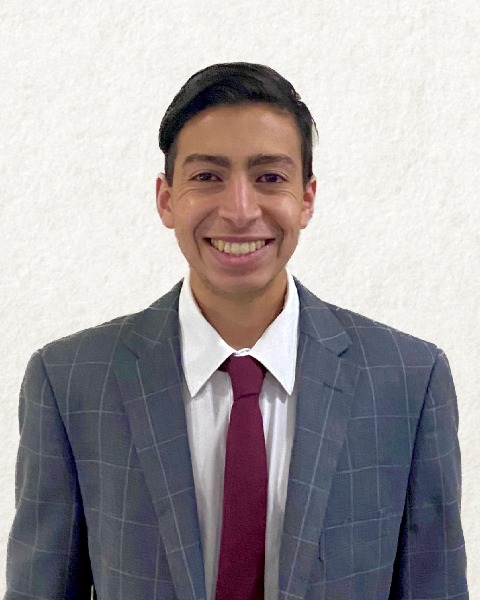
Steven Bishay, B.S.
Medical Student
Vanderbilt University School of MedicineDisclosure(s): No financial relationships to disclose
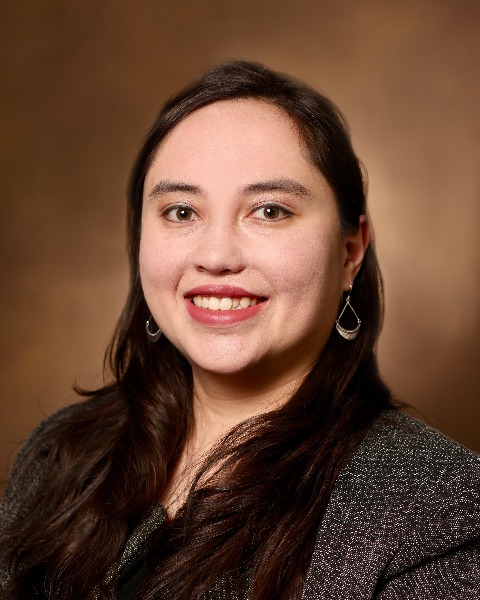
Erica Emmons, M.D.
Resident
Department of Interventional Radiology, Vanderbilt University Medical Center- LD
Liping Du, Ph.D.
Biostatistician
Biostatistics, Vanderbilt University Medical Center - HK
Henry Krebs, M.D.
Attending Physician
Department of Interventional Radiology, Cancer Treatment Centers of America 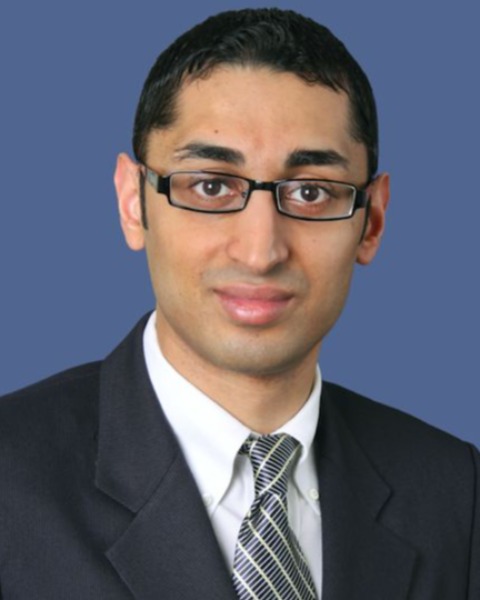
Ripal Gandhi, MD, FSIR
Interventional Radiologist
Miami Cardiac & Vascular Institute, Miami Cancer Institute- ZC
Zachary S. Collins, M.D.
Attending Physician
Department of Interventional Radiology, University of Kansas - RO
Ryan O'Hara, MD
Attending Physician
Comprehensive Integrated Care - NA
Nabeel M. Akhter, M.D.
Attending Physician
Department of Interventional Radiology, University of Maryland - EW
Eric A. Wang, M.D.
Attending Physician
Department of Interventional Radiology, Carolinas Medical Center - CG
Christopher J. Grilli, DO
Attending Physician
Christiana Care - JB
Jayson S. Brower, M.D.
Attending Physician
Department of Interventional Radiology, Providence Sacred Heart - SP
Shannon R. Peck, M.D.
Attending Physician
Department of Interventional Radiology, Sanford Health - MP
Michael Petroziello, M.D.
Attending Physician
Department of Interventional Radiology, Roswell Park Memorial Institute 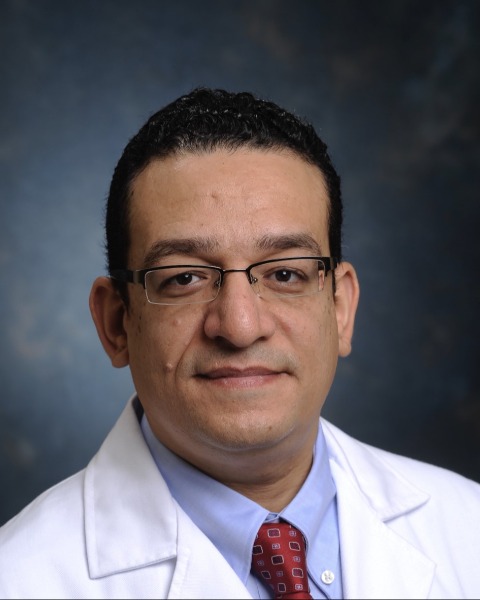
Ahmed K. Abdel Aal, MD, PhD
Professor
University of Texas Health Science Center- JG
Jafar Golzarian, MD, FSIR
Professor
University of Minnesota / North Star Vascular 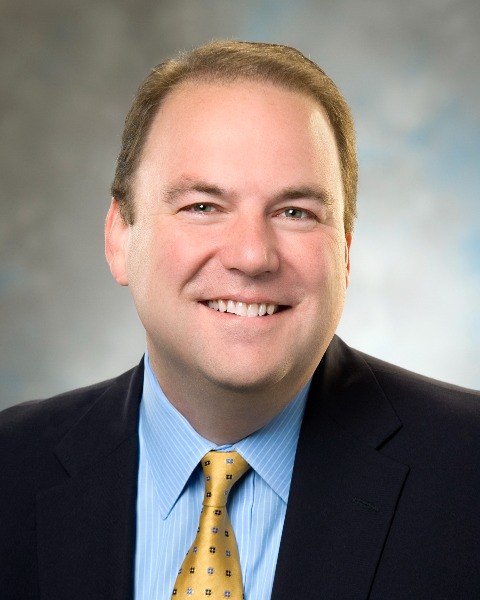
Andrew S. Kennedy, MD
Attending Physician
Sarah Cannon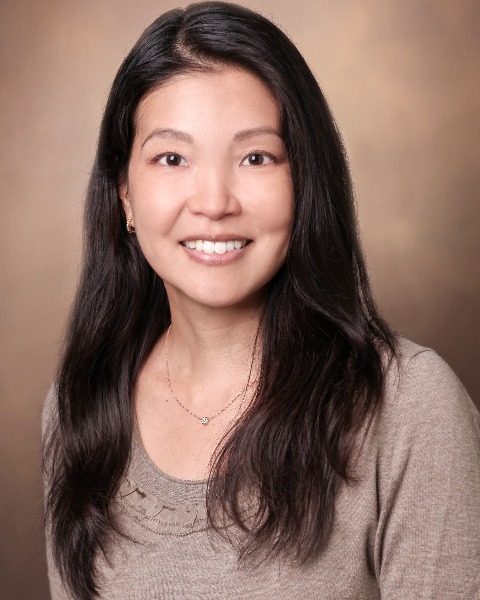
Lea Matsuoka, M.D.
Attending Physician
Vanderbilt University Medical Center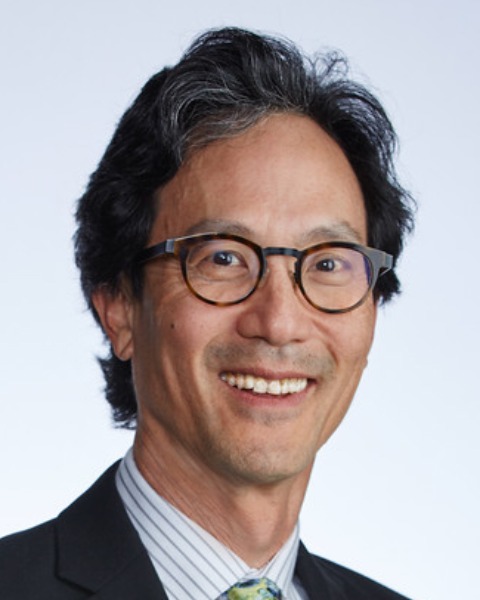
Daniel Y. Sze, MD, PhD
Professor of Radiology
Stanford University
Daniel B. Brown, M.D.
Attending Physician
Vanderbilt University Medical Center
Presenting Author(s)
Author/Co-author(s)
Materials and Methods: A total of 504 patients were treated: 119 (23.6%) >70 (median age 76.6) and 385 (76.4%) were < 70 years old (median age 55.5). Baseline characteristics are listed in the Table. Overall survival (OS) and progression-free survival (PFS) were assessed using Kaplan-Meier analysis by subgroups and by lines of chemotherapy. Imaging response was assessed with RECIST 1.1 comparing objective response (sum of complete and partial responses) and disease control (objective response plus stable disease). Toxicities were assessed using Common Terminology Criteria for Adverse Events v5.
Results:
The >70 Group had more patients with Eastern Cooperative Oncology Group (ECOG) performance status scores >2 (p=0.002), higher baseline bilirubin (p=0.02) and lower baseline albumin (p=0.01). Ten of 111 (9%) patients in the >70 group were chemotherapy-naive compared to 9/365 of the < 70 group (2%) (p=0.002). Median OS for >70 was 14.9 months [95% confidence interval (CI): 8.2 - 23.8)] vs 15.3 months for < 70 (95% CI: 13.2-17.4) (X2=0.3 and p = 0.6). Median PFS for >70 was 6.1 months (95% CI: 4.5-7.9) vs 7.5 months (95% CI: 6.8 - 9.5) for < 70 (X2= 0.1 and p = 0.7). Median OS and Median PFS by line of therapy were similar for both groups (all p >0.05). Disease control was achieved in 43/65 (66%) patients >70 vs 151/221 (59%) < 70 (p=0.8). Six-month toxicities were available in 380 (75.4%) patients. Grade 3 or greater toxicities occurred in 3/87 (3%) patients >70 and 21/293 (7%) patients < 70 (p=0.7).
Conclusion: Patients ≥70 years old had similar median OS, imaging response and toxicity rates compared with < 70 following 90Y radioembolization despite worse baseline performance status, and more patients being chemotherapy-naive.

.jpg)
.png)
.png)
.jpg)
.png)
.png)
.png)
.png)
.jpg)